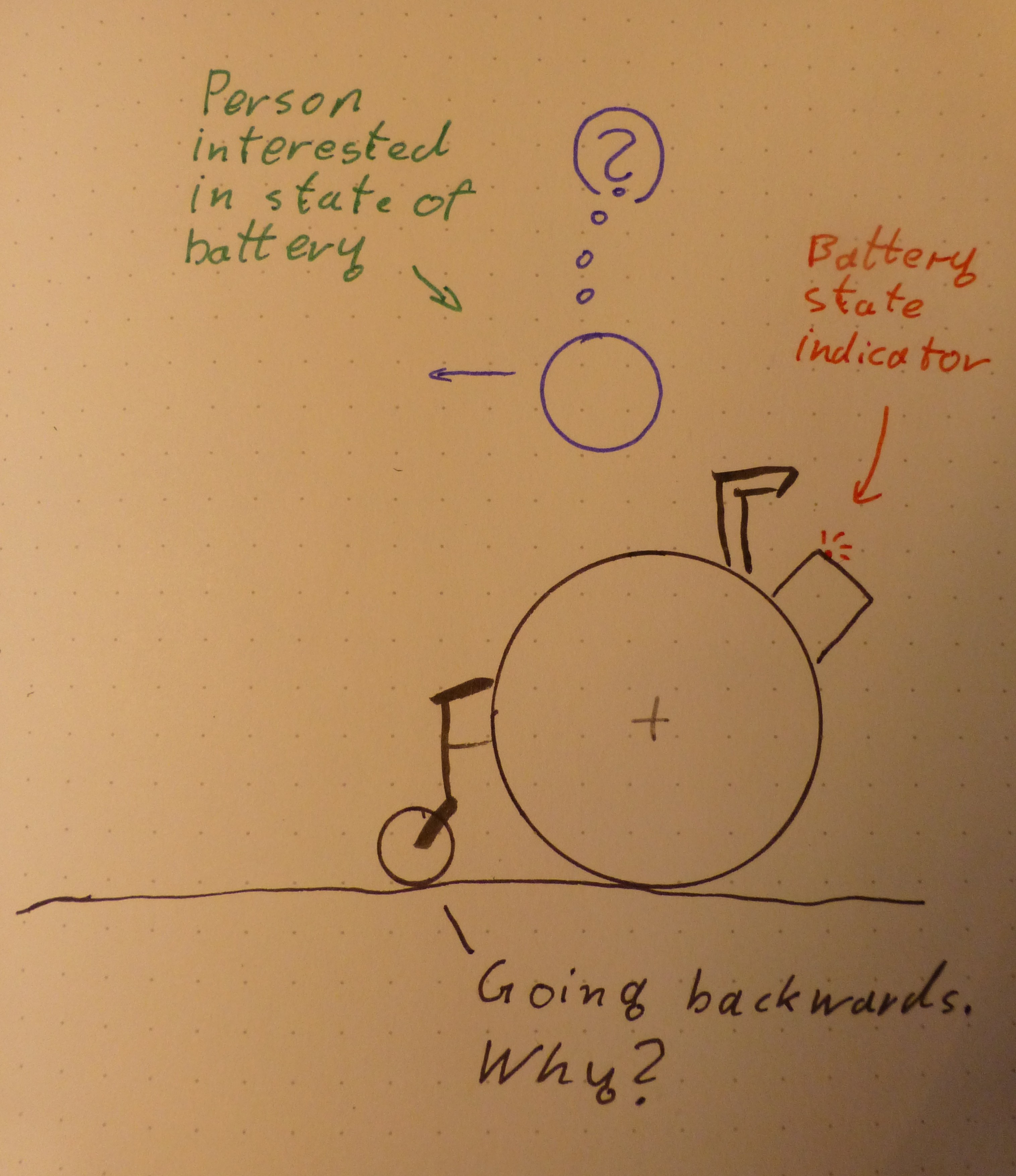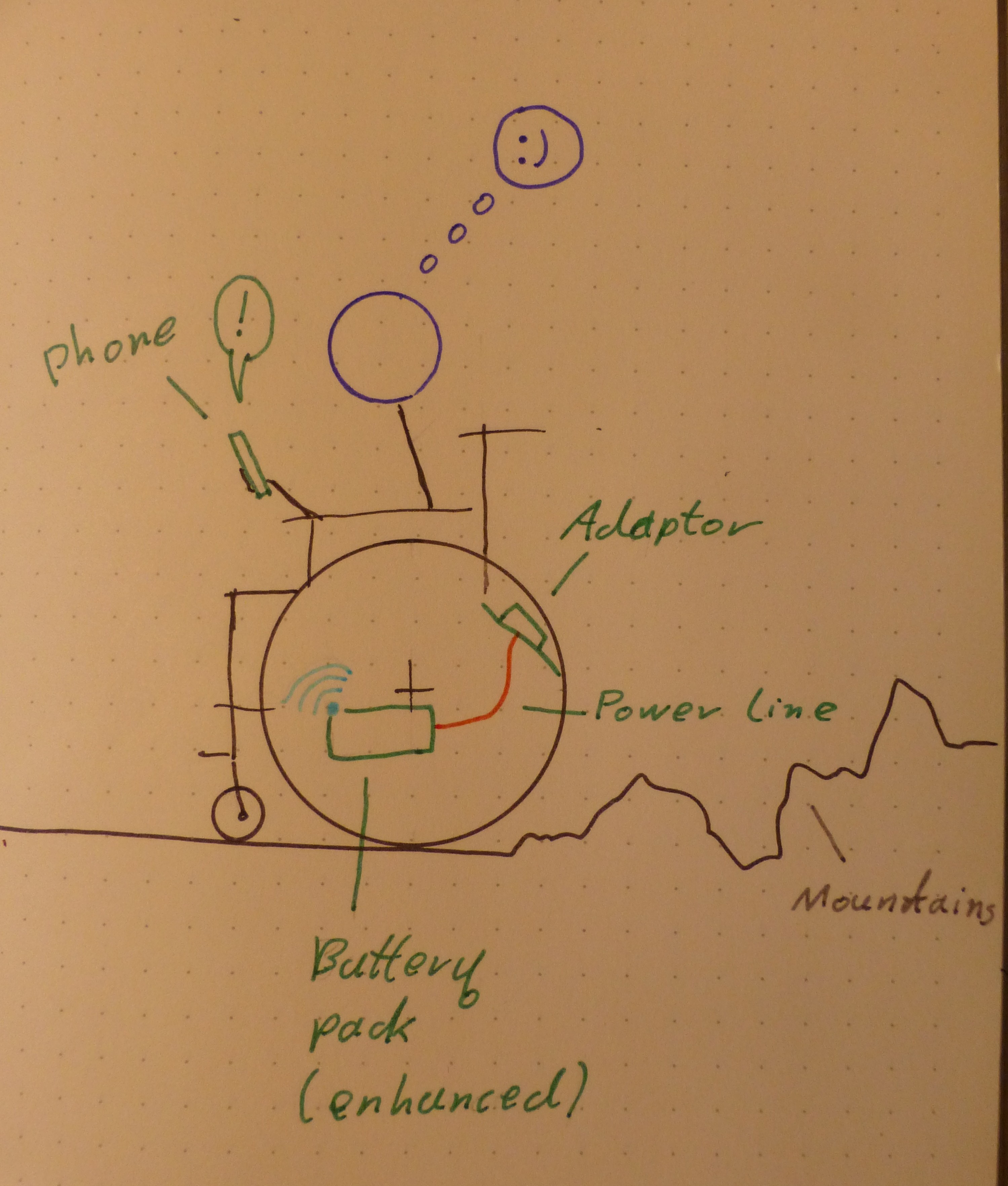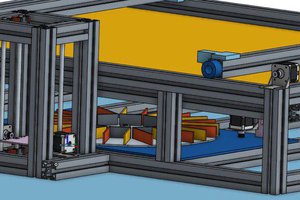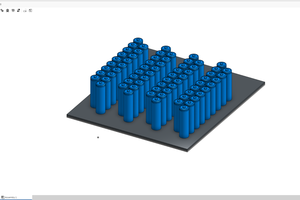

The microcontroller board is intended to be one oft the usual suspects and can very well be equipped with some flavor of radio to make the battery state information easily accessible to the user.
Once the battery is talking to the phone, it can be made to talk to its nav software as well, so the battery can inform its owner when it is time to turn around or consider public transportation for the way home.
Another way to combat range anxiety would be the option to integrate a charger so one can top up the battery when visiting friends or public places.
I want to make the design to mostly consist of standard components to make it really accessible and easily built, ideally by end users with little to no experience in building electronics.
 krkl
krkl

 theogene
theogene
 frasanz
frasanz
 AVR
AVR
 muzi
muzi